
Introduction to Mobile Networks
The Importance of Mobile Networks in Today’s Connected World
Today, mobile networks are the backbone of modern communication, serving as crucial infrastructure for both personal and professional connectivity. They enable the constant, on-the-go access to the internet and support a multitude of services that have become integral to daily life. Whether it’s for managing businesses, streaming high-definition video, playing online games, or powering smart home devices, mobile networks keep people and things connected, driving forward a more responsive, data-driven world.

The Evolution from 3G to 5G
Explore the transformative journey in telecommunications from 3G to 5G, showcasing remarkable advancements over recent decades. Witness the evolution from the widespread internet connectivity of 3G to the substantial upgrades in speed, latency, and connectivity with 4G, culminating in the high-speed data transfer, ultra-low latency, and vast device connectivity of 5G. Discover how each generation has shaped the landscape of mobile networks, heralding a new era of connectivity and innovation, and the future of 6G.
3G to 4G: Transitioning from 3G to 4G introduced significant upgrades in speed, latency, and connectivity, enabling services like HD mobile TV, video conferencing, and high-performance gaming. It marked a substantial improvement in mobile broadband performance compared to 3G.
4G to 5G: The shift to 5G brings even more rigorous connectivity requirements, notable for its high-speed data transfer, ultra-low latency, and the ability to connect a massive number of devices simultaneously. This empowers innovations such as autonomous vehicles, remote healthcare, and advanced augmented and virtual reality experiences. 5G builds upon the capabilities of 4G, pushing the boundaries of speed and connectivity further, heralding the next chapter in mobile network capabilities.
6G: The anticipated sixth generation of mobile networks promises unprecedented advancements in speed, latency, and connectivity beyond 5G. Envisioned applications include real-time holographic communication, instantaneous data transfer for brain-computer interfaces, and immersive virtual reality experiences and artificial intelligence. Integration with satellite networks ensures global coverage, while ultra-low latency supports critical applications like autonomous vehicles and remote surgery. While still in development, 6G holds the potential for transformative change across industries and societies.
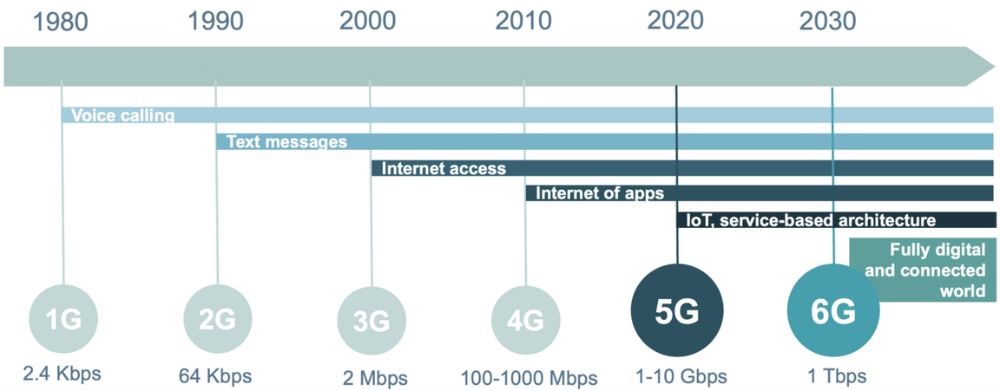
Understanding LTE, 4G, and 5G Terminology
Understanding the terminology associated with mobile networks is the first step toward appreciating the distinctions between them. These terms help consumers and businesses alike to make informed decisions about their connectivity needs and the devices they choose to best leverage the available wireless network technologies. Each generation signifies a leap in performance, with 5G aiming to revolutionize how we think about and use mobile networks on a grander scale than ever before.
LTE, or Long-Term Evolution, is a key technology within 4G networks, offering faster data speeds and greater network capacity compared to 3G. It represents enhancements to existing technologies to meet growing consumer demands for higher data throughput and improved connectivity.
4G refers to the fourth generation of mobile network technology, which includes various standards such as LTE and WiMAX. While all 4G networks offer significant improvements over 3G, the term ‘4G’ may refer to different levels of network capability depending on the carrier and region.
5G signifies the fifth generation of mobile networks, designed to surpass the capabilities of 4G LTE. 5G technology supports higher data rates, reduced latency, energy savings, increased system capacity, and massive device connectivity. It encompasses a range of networking technologies catering to diverse uses beyond what 4G offers, including enhanced mobile broadband, mission-critical communications, and the Internet of Things (IoT).
>> Read more:
Breaking Down LTE: The Pathway to 4G

LTE in The Modern World
LTE, short for “Long Term Evolution,” is a wireless broadband communication standard representing advancements in mobile network speed and reliability. It delivers high-speed data for mobile devices, surpassing the capabilities of 3G networks. Marketed as “4G LTE,” it acts as a transitional technology between traditional 3G and true 4G networks, offering significant improvements in speed and latency. While not fully compliant with ITU’s 4G specifications, LTE signifies a long-term roadmap for carriers to provide faster and more robust services through iterative enhancement and optimization of the network over time.
Key Features and Characteristics of LTE networks
LTE networks are characterized by several distinctive features and capabilities that distinguish them from previous generations of mobile technology:
- Increased Data Speeds: LTE provides higher data rates for faster browsing, downloads, and media streaming.
- Improved Capacity and Efficiency: Supports more simultaneous connections per cell, reducing congestion.
- Reduced Latency: Lower latency enhances responsiveness, crucial for real-time applications.
- Enhanced Spectral Efficiency: Utilizes radio spectrum effectively, improving overall network efficiency.
- All-IP Network: LTE is based on an all-IP network, simplifying data transfer and enabling seamless integration of services.
- Advanced Antenna Techniques: Incorporates MIMO technology for improved communication performance.
- Scalability and Flexibility: Supports scalable bandwidths and can adapt to different frequency bands.
- Mobility Optimization: Optimized for high-speed mobility, ensuring consistent service during movement.
Performance Benchmarks and Limitations
LTE networks set performance benchmarks with peak download speeds reaching 300 Mbps and upload speeds up to 75 Mbps under ideal conditions. However, real-world experiences often fall short, with average download speeds ranging from 10 Mbps to 50 Mbps due to factors like network congestion and environmental interference. Additionally, LTE significantly reduces latency compared to 3G networks, with typical round-trip times of around 30-50 milliseconds, enhancing the user experience for interactive applications such as online gaming and video calling. Despite the advancements, LTE networks do have limitations:
- Spectrum Availability: LTE performance heavily depends on the availability of radio spectrum. Limited spectrum can lead to congestion and slower speeds, especially in densely populated areas.
- Signal Penetration: LTE signals, particularly those at higher frequencies, may struggle to penetrate buildings and other structures, leading to reduced indoor coverage.
- Device Compatibility: Not all LTE systems operate on the same frequency bands, and some devices may not be equipped to use certain bands, thereby affecting connectivity and speed.
- Backhaul Limitations: The backhaul, which connects cell towers to the core network, can be a bottleneck if it doesn’t have enough capacity to handle the increased data from LTE users.
- Upgrading Infrastructure: Deploying LTE architectures requires substantial investment in new network equipment and infrastructure, which can slow widespread adoption, especially in rural areas or less developed regions.
Decoding 4G: The Speed Game Changer

What Makes 4G Different from Its Predecessors?
The jump to 4G represented a significant transformation in the user experience, enabling the widespread adoption of smartphones and mobile applications that rely on timely and reliable data transfer, fundamentally changing how we interact with digital content and services on the go. 4G distinguishes itself from its predecessors with several groundbreaking improvements that have reshaped mobile communication:
- Higher data rates: 4G networks enable faster data delivery, supporting services like HD video streaming and fast file transfers.
- Enhanced network capacity: Improved spectral efficiency and advanced infrastructure allow 4G to handle more high-throughput wireless connections simultaneously, ensuring stable connectivity even during peak times.
- Reduced latency: 4G offers significantly lower latency compared to previous generations, crucial for real-time applications like gaming and video conferencing.
- All-IP networks: 4G operates entirely on packet switching, simplifying network architecture and enabling integrated voice, data, and multimedia services.
- Advanced core network: Upgrades to the core network enhance data protection, optimize routing, and support seamless handovers between different access networks.
- Density and efficiency: Technologies like OFDM and MIMO improve signal quality and network density, serving more users at higher speeds in the same area.
- Global mobility and roaming: 4G standardizes LTE technology for better international roaming services, ensuring consistent connectivity for users traveling abroad.
Real-world Implications of 4G Connectivity
The introduction of 4G connectivity has had profound real-world implications and functionality, revolutionizing numerous aspects of daily life, commerce, and how people interact with technology:
- Smartphone Adoption: 4G accelerated smartphone usage globally, enabling richer mobile experiences and applications.
- New Services and Apps: Services like ridesharing and streaming flourished due to reliable and fast mobile data communication.
- Telecommuting Advancements: Remote work became more feasible with 4G, promoting flexible work environments.
- E-Commerce Growth: 4G facilitated seamless and secure online shopping, boosting e-commerce growth.
- IoT and Smart Cities: Enhanced connectivity supported IoT development and smart city initiatives.
- Improved Emergency Response: First responders benefited from better communication tools powered by 4G.
- Education Advancements: 4G facilitated distance learning and access to educational resources.
- Healthcare Services: Telehealth services thrived with 4G, enhancing remote consultations and healthcare access.
- Social Interaction: High-quality video calls and multimedia sharing transformed social interaction with 4G.
The Advent of 5G: Revolutionizing Connectivity

Unveiling the Technical Advances in 5G
5G technology heralds an era of extraordinary technical innovation that promises to transform our digital landscape. Here are some of the technical advances that set 5G apart:
- Enhanced Mobile Broadband (eMBB): 5G offers higher throughput and data speeds, enhancing mobile broadband experiences, especially for augmented and virtual reality applications.
- Ultra-Reliable Low Latency Communications (URLLC): 5G significantly reduces latency, crucial for applications like autonomous driving where split-second decisions are conveyed over the network.
- Massive Machine Type Communications (mMTC): 5G supports a substantial increase in connected devices, paving the way for IoT growth with seamless communication between sensors and devices.
- Advanced Antenna Systems: 5G utilizes Massive MIMO to improve network capacity and spectral efficiency with a large number of antennas at base stations.
- Flexible Network Architecture: 5G supports network slicing, allowing optimization for specific services like high-speed internet, IoT, or emergency services.
- Dynamic Spectrum Sharing (DSS): 5G enables flexible spectrum usage, coexisting with 4G users on the same frequency band through technologies like DSS.
- Beamforming: This technology directs signals to users, improving signal strength, reducing interference, and enhancing network efficiency.
- Millimeter Wave (mmWave) Frequencies: 5G utilizes higher-frequency bands for large data transmission, delivering unprecedented speed and capacity despite shorter range and the need for a dense network of small cells.
Key features and technical specifications of 5G technology
5G technology is characterized by a plethora of cutting-edge features and technical specifications designed to meet the diverse and demanding requirements of modern wireless communication:
- High Data Speeds: 5G networks promise multi-gigabit speeds, reaching up to 20 Gbps under ideal conditions, surpassing many wired internet connections.
- Ultra-Low Latency: Targeting sub-5 milliseconds (ms) levels, 5G reduces network latency significantly, suitable for time-sensitive applications like remote surgery or real-time gaming.
- Increased Bandwidth: Utilizing a wider radio spectrum range, including millimeter waves, 5G provides more bandwidth to accommodate numerous users and data-intensive applications simultaneously.
- Network Slicing: Operators create multiple virtual networks tailored to specific usage on a single physical infrastructure, ensuring resource efficiency and optimized performance.
- Massive IoT Support: 5G connects various devices, enabling widespread IoT connectivity for smart cities, industrial IoT, and home automation.
- Improved Energy Efficiency: Despite higher data rates, 5G is designed to be more energy-efficient, supporting longer battery life in IoT devices and lower energy consumption in network operations.
- Enhanced MIMO: Massive MIMO in 5G features a larger number of transmitters and receivers, improving performance and user capacity through spatial multiplexing.
- Carrier Aggregation: 5G employs advanced carrier aggregation to combine multiple frequency bands into a single, wideband channel for faster and more reliable connections.
- Dynamic Spectrum Utilization: Advanced radio techniques allow 5G to dynamically and flexibly use spectrum, optimizing resource allocation based on demand and user requirements.
- Integrated Access and Backhaul (IAB): This 5G innovation uses wireless connections for backhaul, facilitating rapid, flexible network deployments, especially in areas where laying fiber optic cables is challenging or costly.
How 5G is Shaping the Future of Industries
5G technology stands at the forefront of the fourth industrial revolution, promising to reshape entire industries by introducing unprecedented levels of connectivity, speed, and efficiency. 5G’s impact spans various sectors, from automotive to entertainment, offering high-speed connectivity and low latency crucial for advancements like autonomous vehicles and telemedicine. In retail, it enhances customer experiences through AR and optimizes inventory management. In manufacturing, it enables real-time connectivity for automation and predictive maintenance. Education benefits from immersive learning experiences, while agriculture sees improved precision farming. In media, 5G supports streaming ultra-high-definition content. Finally, in smart cities, it manages traffic, utilities, and emergency services, aiming to enhance sustainability and living conditions. As 5G technology becomes more widely adopted, industries will likely uncover even more innovative uses that harness its capabilities, driving further economic growth and societal advancements. The transformative potential of 5G extends far beyond these examples, fueling the next wave of digital innovation across the globe.
LTE vs. 4G vs. 5G: A Comparative Analysis
Network Speeds: LTE vs 4G vs 5G
When comparing network speeds among LTE, 4G, and 5G, there is a progressive escalation in the performance and capabilities of each generation:
- LTE: As an advancement of 3G, Long Term Evolution (LTE) provides significantly improved speeds, often referred to as 4G LTE. Under ideal circumstances, LTE can deliver up to 100 Mbps. Average real-world speeds, however, generally fall between 10 to 30 Mbps. These speeds are sufficient for streaming high-definition video, online gaming, and other data-intensive tasks.
- 4G: The true 4G experience, as defined by the International Telecommunications Union-Radio communications sector (ITU-R), implies peak data rates of 1 Gbps for stationary users and 100 Mbps for those moving. In practice, carriers’ 4G networks – mainly LTE-Advanced (LTE-A), a more robust iteration of LTE – can reach these higher speeds and offer noticeable improvements over the basic LTE networks.
- 5G: Significantly faster than its predecessors, 5G is engineered to achieve peak data rates of up to 20 Gbps. Even in more typical, everyday scenarios, 5G networks surpass the speed of 4G networks, especially those that utilize higher frequency bands such as millimeter waves. These capabilities allow for ultra-high-definition streaming, almost instantaneous downloads of large files, and the handling of complex applications that require rapid data transfer.
It’s important to note that a user’s experience of these speeds can be subject to various factors, including the network congestion, coverage area, the device being used, the network’s implementation of the technology, and how much the carrier has invested in infrastructure and spectrum. As 5G rolls out more comprehensively, it is anticipated to deliver consistently higher speeds and lower latency than what LTE and 4G networks currently offer, enabling a wide ranging new wave of technological innovation.
|
Network Generation |
Peak Data Rate (Under Ideal Conditions) |
Average Real-World Speeds |
Notable Features |
|
LTE |
Up to 100 Mbps |
10-30 Mbps |
Improved speeds for HD video streaming, online gaming, and data-intensive tasks. |
|
4G |
1 Gbps (stationary users), 100 Mbps (moving users) |
Noticeable improvements over LTE, especially with LTE-Advanced (LTE-A). |
Meets ITU-R’s definition of true 4G with higher peak data rates. |
|
5G |
Up to 20 Gbps |
Surpasses 4G in typical scenarios, especially with millimeter wave technology. |
Enables ultra-HD streaming, rapid file downloads, and supports complex applications. |
Latency Issues Addressed by Newer Generations
Each successive generation of mobile networks, from LTE to 4G to 5G, has progressively reduced latency, enhancing user experience and enabling new applications. LTE networks initially had latencies around 50 to 100 milliseconds, improving with upgrades like LTE Advanced to approximately 30 to 40 milliseconds. True 4G standards, including LTE-Advanced, further reduced latency to around or below 20 milliseconds. However, the most significant advancement comes with 5G, targeting latencies of less than 5 milliseconds for enhanced Mobile Broadband (eMBB) and as low as 1 millisecond for Ultra-Reliable Low Latency Communications (URLLC) applications. This ultra-low latency is transformative for critical applications like autonomous vehicles and remote surgery. As these wireless signals decreases with each generation, we anticipate the emergence of more real-time and interactive applications.
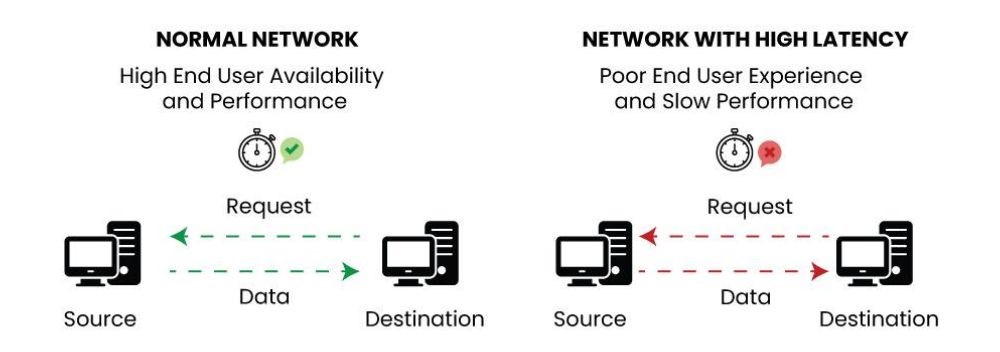
Coverage and Scalability of Networks
As mobile networks have evolved from LTE to 4G to 5G, both coverage and scalability have significantly improved, impacting accessibility and service quality. LTE introduced better coverage, particularly in suburban and rural areas, while 4G, especially LTE-Advanced, further enhanced coverage and scalability through technologies like carrier aggregation. 5G networks utilize small cells for flexible and extensive coverage, including indoors and in dense urban environments. Additionally, technologies like network slicing enable unprecedented scalability. Higher bandwidth and frequency spectrums, such as millimeter waves, offer very high speeds over shorter distances, complemented by low- and mid-band spectrums for broad coverage. Integration with existing network infrastructure ensures a seamless transition. Overall, the installation of 5G promises a more connected world with improved connectivity for personal, professional, and IoT applications.

Cost Implications and Infrastructure Requirements
In the United States, the deployment and maintenance of LTE, 4G, and 5G networks entail substantial costs and infrastructure requirements. LTE required significant capital expenditure for upgrading infrastructure, while 4G demanded additional investment for achieving true 4G speeds and densifying the network. Transitioning to 5G represents a substantial investment due to dense network infrastructure, advanced technology implementation, backhaul requirements, and spectrum costs. Despite high initial expenses, 5G offers opportunities for long-term cost savings through energy efficiency and improved network management. The potential economic benefits and creation of new revenue streams justify the investment in advancing connectivity, with further innovations expected to ease the financial burden associated with widespread 5G rollout as the technology matures.
Frequently Asked Questions (FAQs)
What are the key benefits of upgrading to a 5G-enabled device?
The progression to a 5G-enabled device comes with several key benefits that significantly enhance the user experience and offer new capabilities beyond those available with LTE and earlier generations of mobile connectivity:
- Faster data speeds
- Reduced latency
- Enhanced connectivity for multiple devices
- Improved network reliability
- Energy efficiency
- New application possibilities
- Future-proofing with evolving services
Unlock the power of 5G connectivity with AirVoice Wireless phones, now available at affordable prices! Experience lightning-fast data speeds, ultra-low latency, and seamless connectivity on a budget-friendly device. With payment plan options through Affirm, owning a 5G-compatible phone has never been easier. Stay connected, stream your favorite content, and enjoy the latest innovations in mobile technology without breaking the bank. Upgrade to AirVoice Wireless today and embrace the future of wireless communication!

Can 5G completely replace home internet connections?
5G technology offers impressive speed and connectivity, making it a potential replacement for traditional home internet connections. However, its viability matters on factors like speed, coverage in certain destinations, consistency of service, data plans, device compatibility, and cost. While it shows promise, 5G may not yet be suitable for everyone, especially in rural areas or where wired broadband is the more reliable network server. As the technology evolves and infrastructure improves, it could become a more viable option for a broader range of users. However, for now, it is an excellent complement to existing home internet services, especially in areas where high-speed broadband access is limited.
Will my 4G phone become obsolete with the rollout of 5G networks?
Your 4G phone is unlikely to become obsolete immediately with the rollout of 5G networks. Telecommunication providers and industry experts anticipate that 4G and 5G will coexist for several years to come. Both technologies are expected to coexist due to factors such as gradual rollout, network compatibility, continued support for 4G, availability and affordability of 5G devices, the long lifespan of previous network generations, and sufficient performance provided by 4G for many users’ needs. While 5G adoption will eventually lead to the phasing out of 4G, the transition will be gradual, allowing users ample time to switch their hardware. For now, 4G phones will continue to remain relevant and functional for your mobile internet experience.
Can Consumers Perceive the Differences Between Networks?
Consumers’ perception of the differences between LTE, 4G, and 5G networks depends on factors like usage patterns, network coverage, and device quality. In areas with strong 5G signals, users may notice faster speeds, reduced latency, and improved reliability, particularly for data-intensive activities and real-time applications. However, perception can vary based on device capabilities and the consistency of 5G coverage. Overall, while there are technical differences between these networks, consumer perception of these disparities varies and is expected to evolve as 5G technology matures. As 5G networks mature and technology advances upwards, the perceived benefits of 5G over previous generations are expected to become more pronounced for the average consumer.
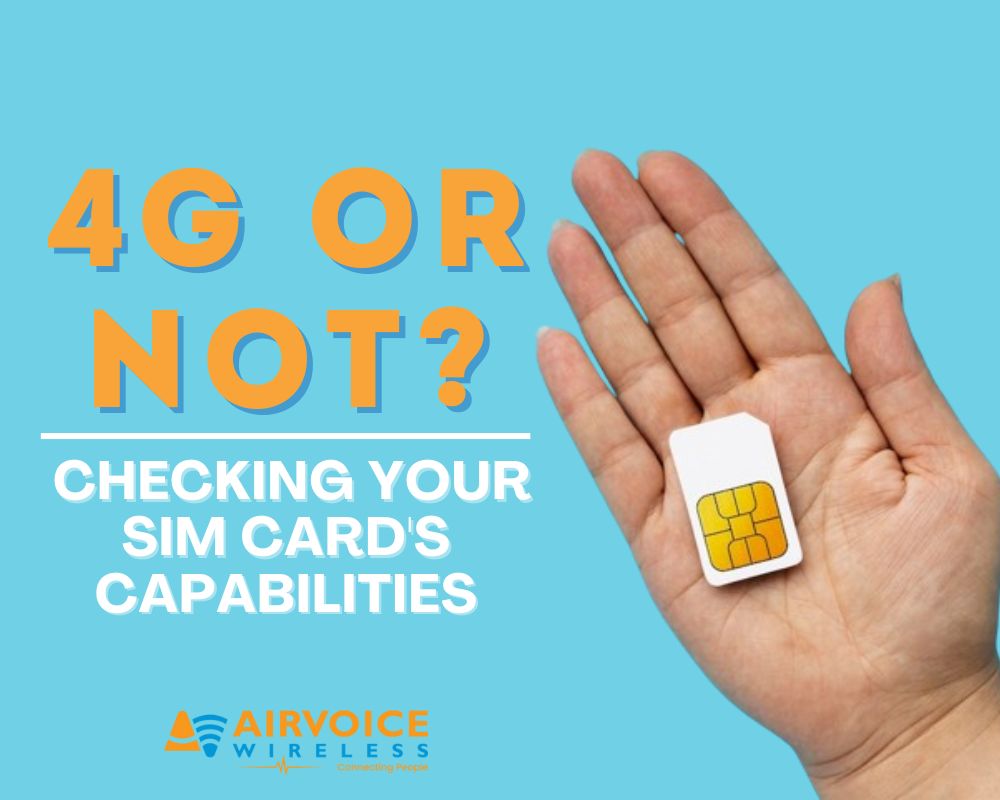
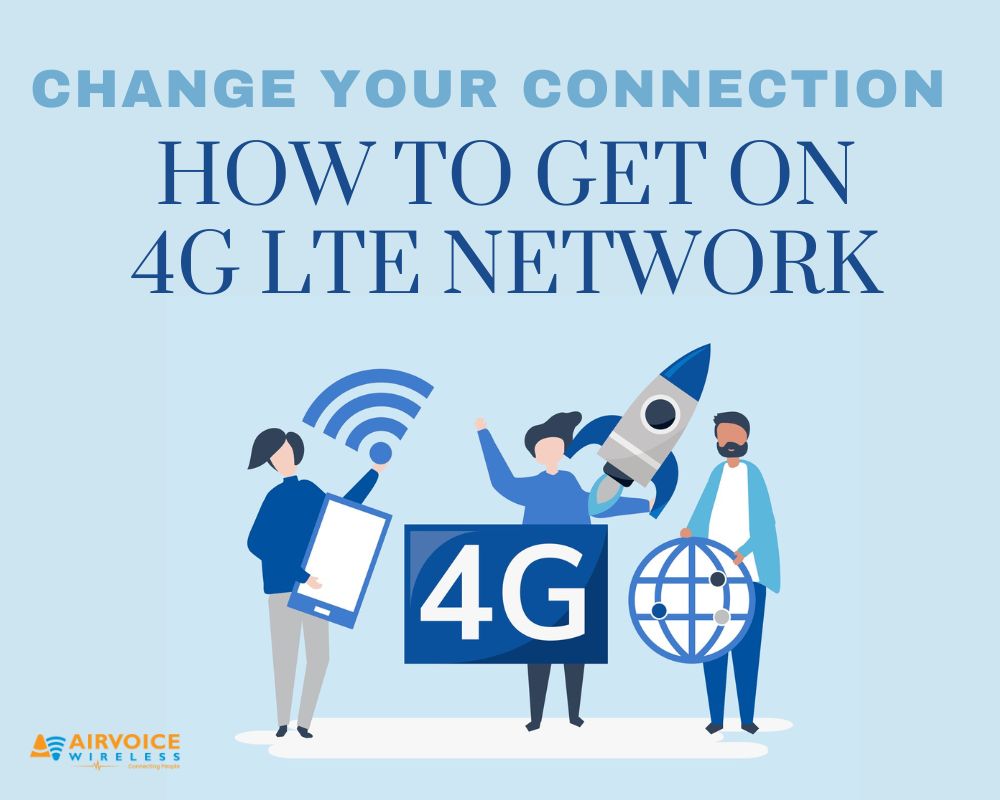
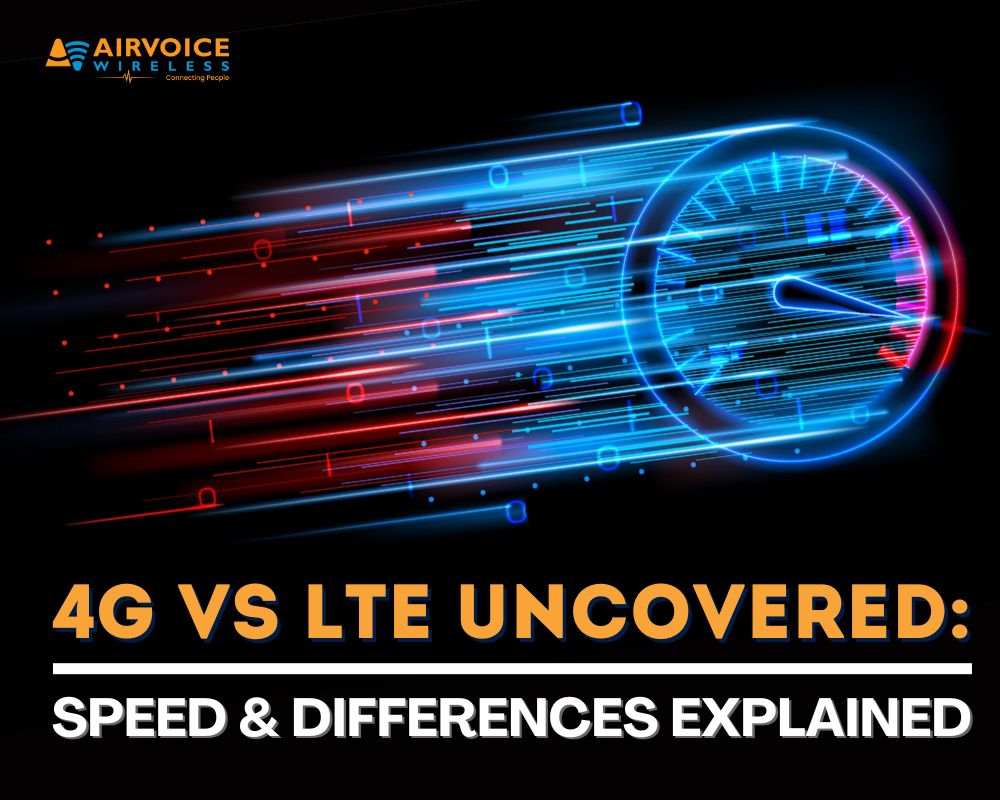
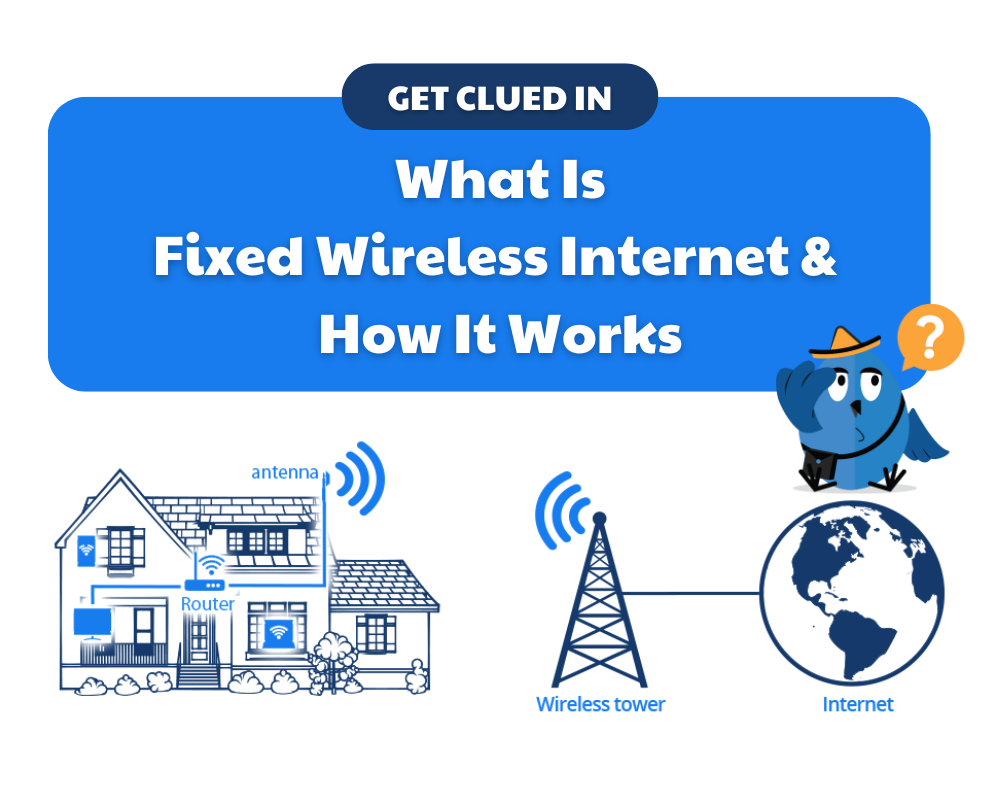
Leave A Comment